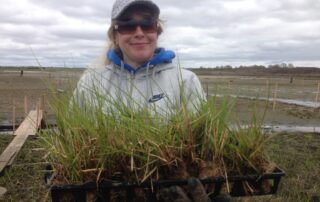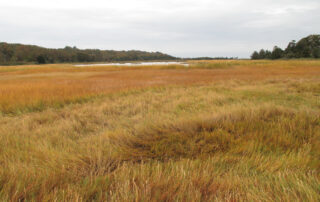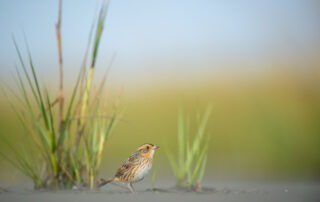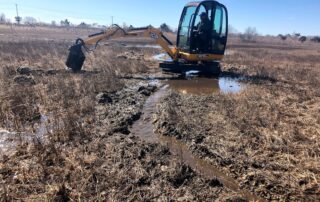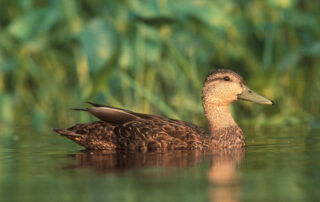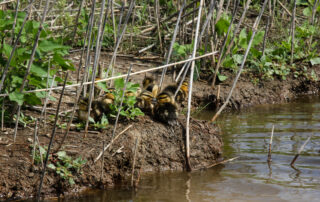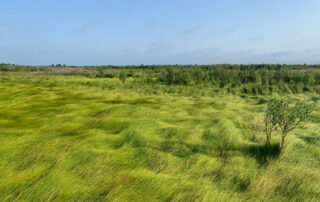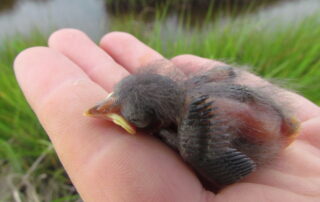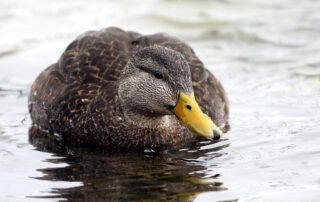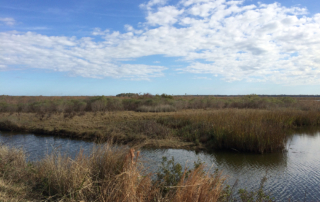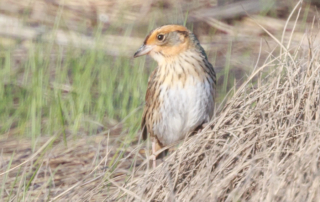Funding Accomplishments
The goal of Joint Venture planning efforts is to inform and catalyze conservation on the ground. With our partners, we are actively pursuing opportunities to accelerate implementation projects that address the highest priority plan objectives at a regional scale. Over the past year, our plans have helped to bring in several large grants. The past two [...]


